Woman with hat, enamelled ceramic by Giorgio Rossi.
Unique piece.
Condition:
In good overall condition, without restoration.
Provenance:
Directly from the family of the artist.
Unique character:
Unique piece, testimony to Rossi’s mature sculptural language and his personal interpretation of the female nude, free from academic rigidity and rich in inner harmony.
Exhibitions (artist's participation):
– 1906, 1912–13, 1916–18: Società di Belle Arti, Florence
– 1920: Mostra d’Arte Sacra, Venice
– 1925: Premio Principe Umberto, La Permanente, Milan
– 1930, 1936: Biennale di Venezia
– 2007: Giorgio Rossi. Scultore nel secolo breve, Sala delle Eroine, Palazzo Comunale, Pontassieve
– 2009: Giorgio Rossi. Un percorso nel Novecento, Sala Affreschi, Palazzo Panciatichi, Florence
– 2010: Le voci di dentro. La scultura di Giorgio Rossi, Ente Cassa di Risparmio di Firenze
– 2011: Nel segno della Sieve. L’avventura artistica di Giorgio Rossi, Palazzo Comunale, Pontassieve
– 2013: Volti dal passato. Giorgio Rossi e le sue Muse, Palazzo Medici Riccardi, Florence
Bibliography:
– Le voci di dentro. La scultura di Giorgio Rossi, ed. Stefano De Rosa, Florence, Edizioni Polistampa, 2010, p. 69 (illustrated)
– Gigi Salvagnini, Giorgio Rossi. Un lungo viaggio verso il Novecento, Centro Libero Andreotti, Florence, 2003, p. 20
Biography:
Giorgio Rossi was born in San Piero a Sieve in 1892. Trained at the Florence Academy of Fine Arts under Antonio Bortone, he cultivated a rigorous sculptural language anchored in Tuscan humanism and the early Renaissance tradition. His early works were exhibited from the age of 14 at the Società di Belle Arti in Florence and later at the Permanente in Milan and the Venice Biennale (1930 and 1936).
Throughout his career, Rossi sought a path independent from avant-garde excesses, favoring a sculptural vocabulary rooted in the 15th-century Florentine masters. His teaching post at the alabaster school in Volterra deeply influenced his technique and themes, particularly in the post-war period when he created more intimate and reflective pieces.
He received multiple awards, including a silver medal in 1916 and the title of Honorary Academician from the Accademia delle Arti del Disegno. After World War II, he continued working in relative isolation, producing some of his most poetic terracottas in his studio on Via Della Robbia in Florence.
He died in 1963, leaving behind a coherent and emotionally rich body of work.


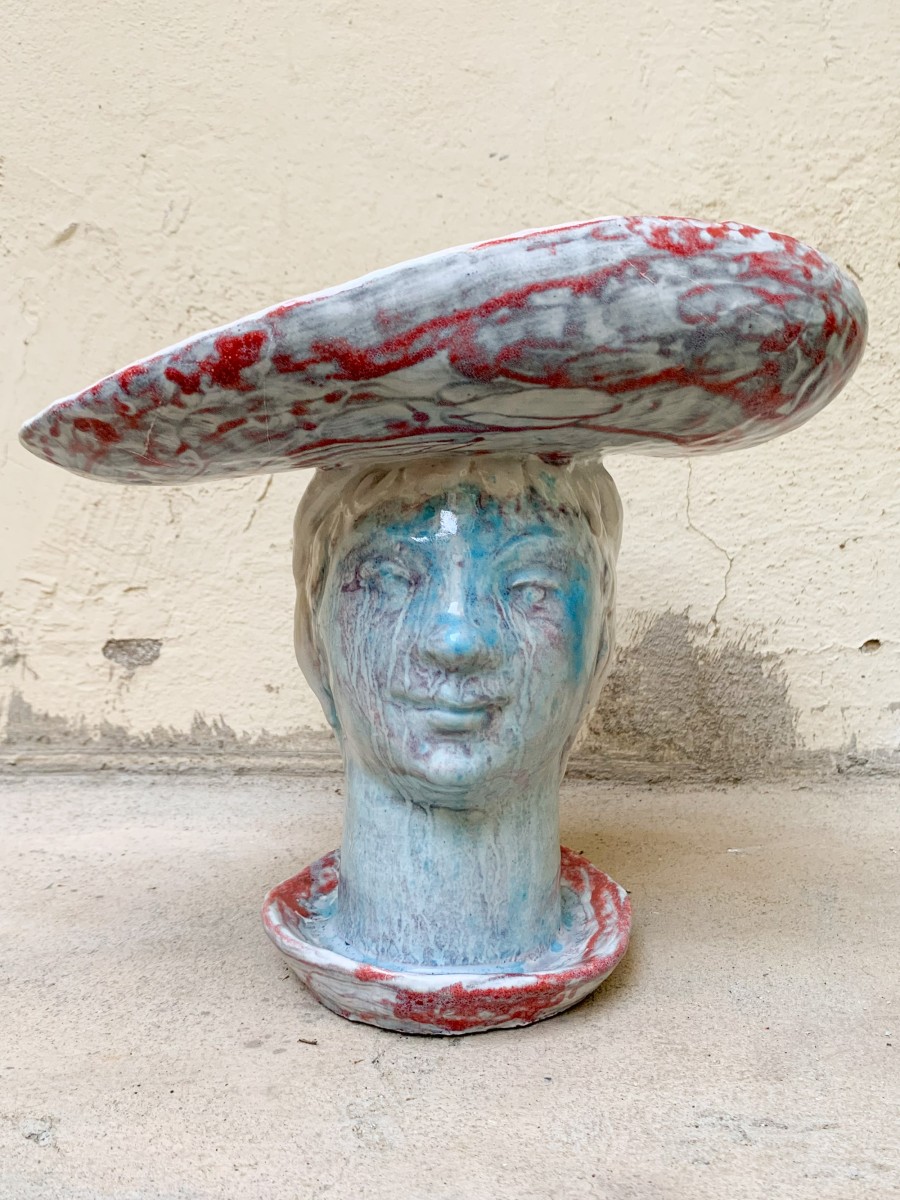

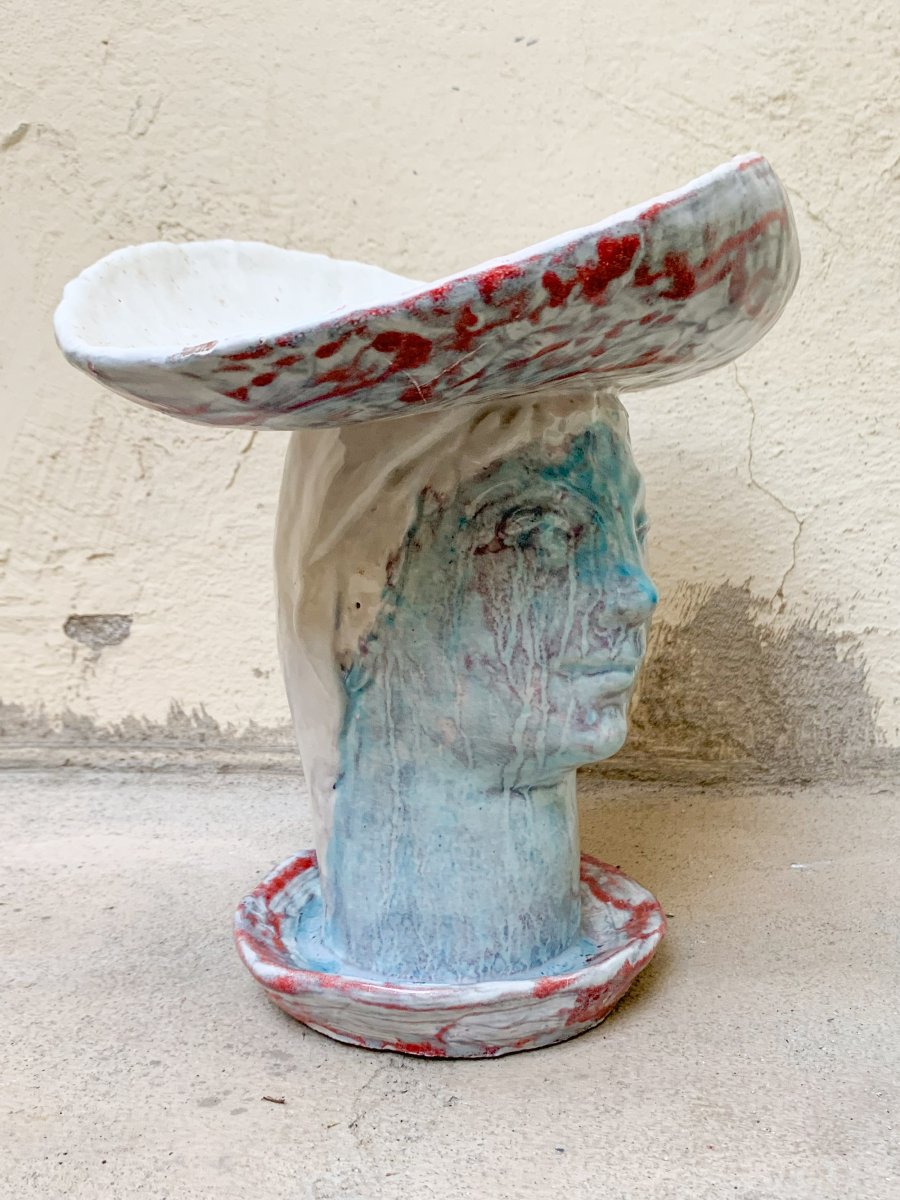
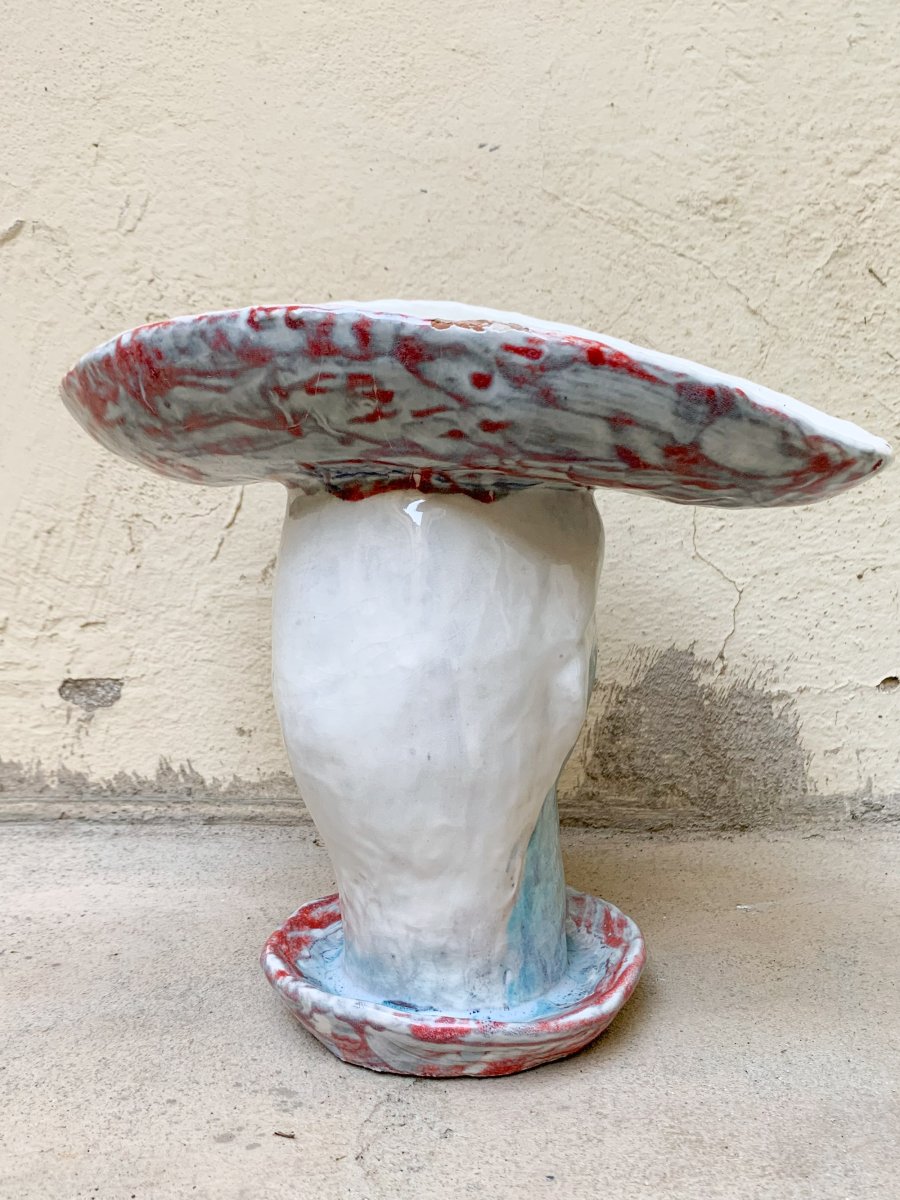
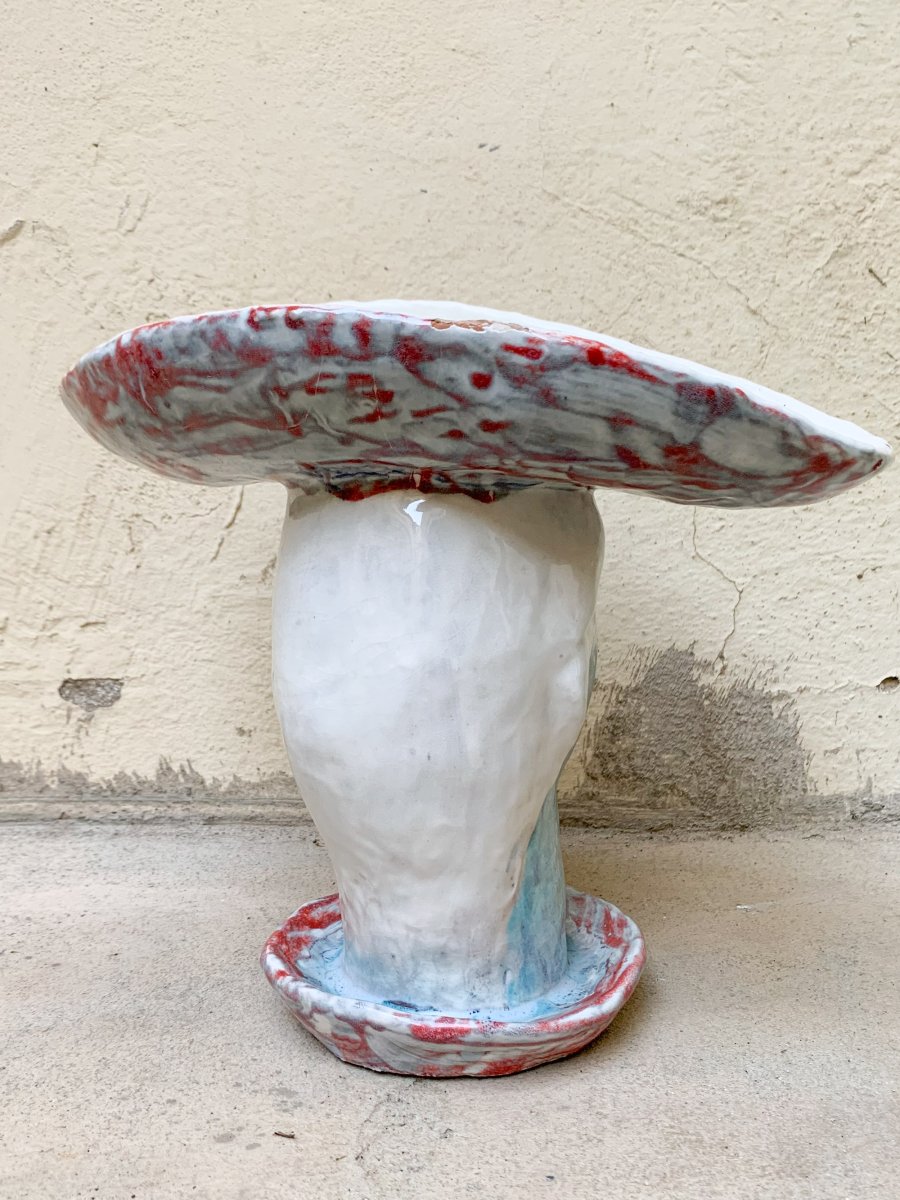

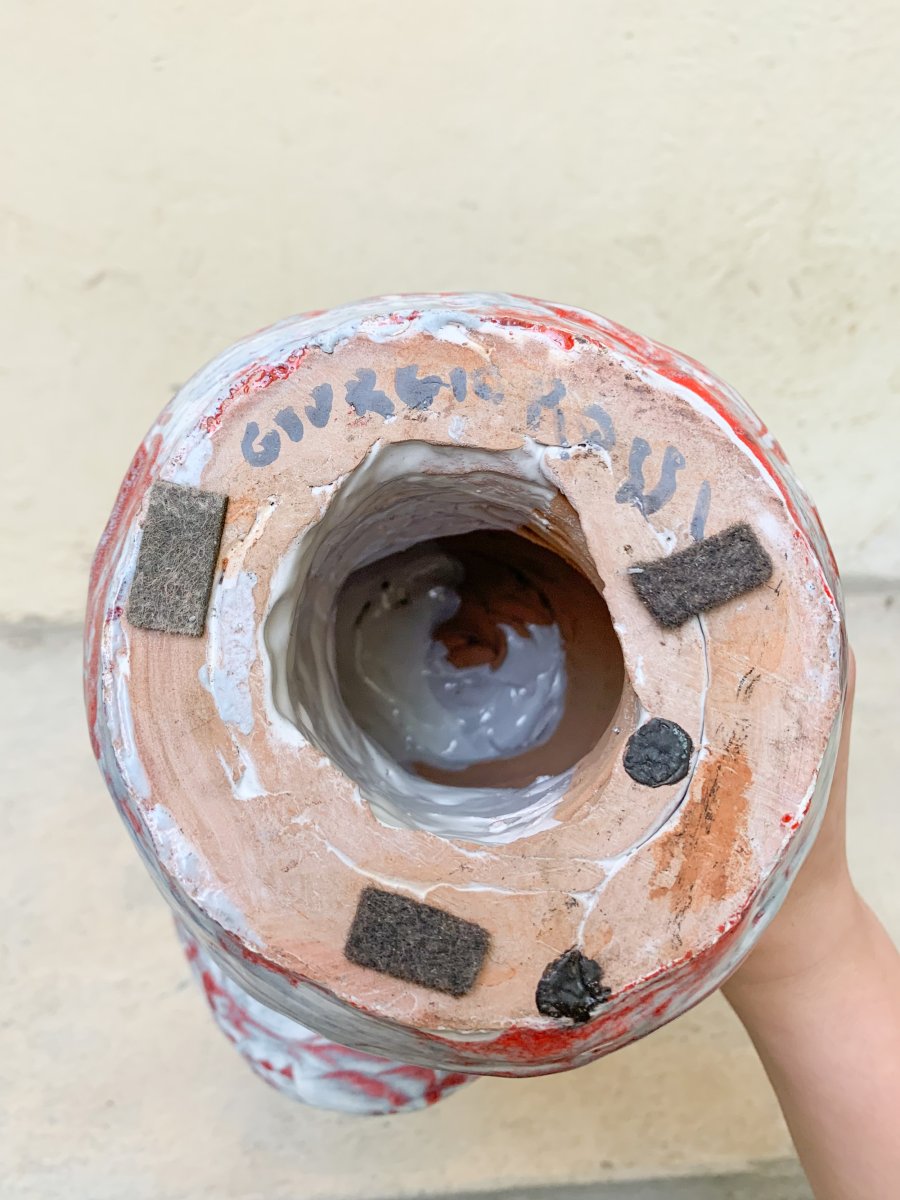
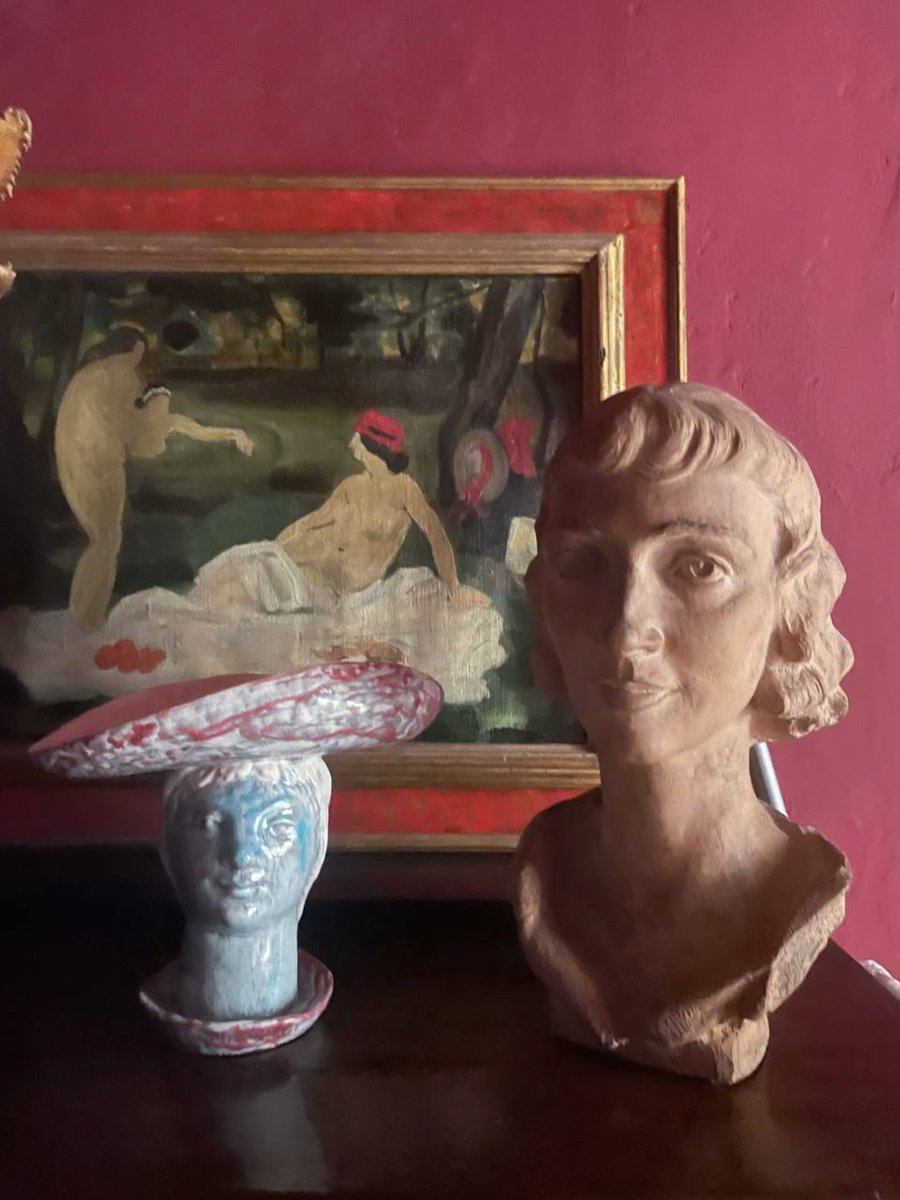
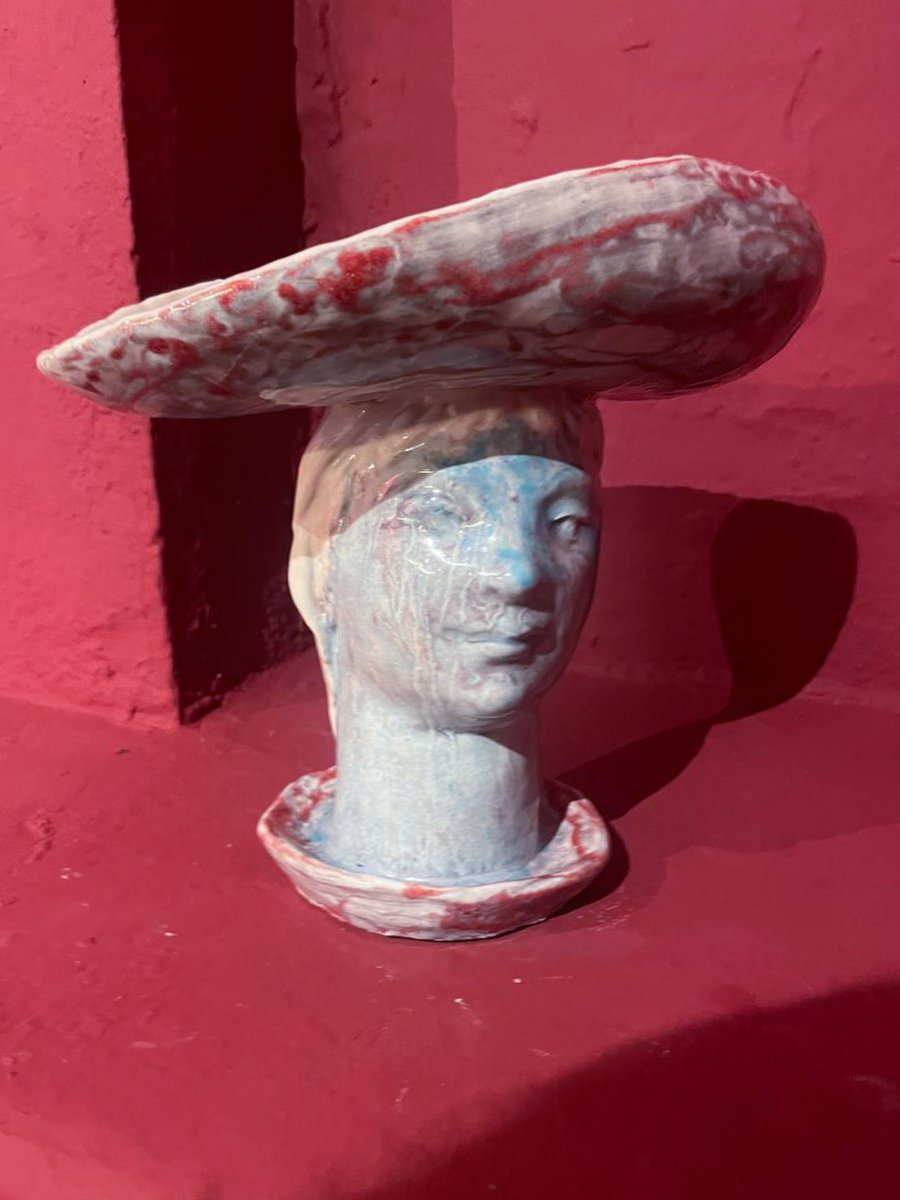
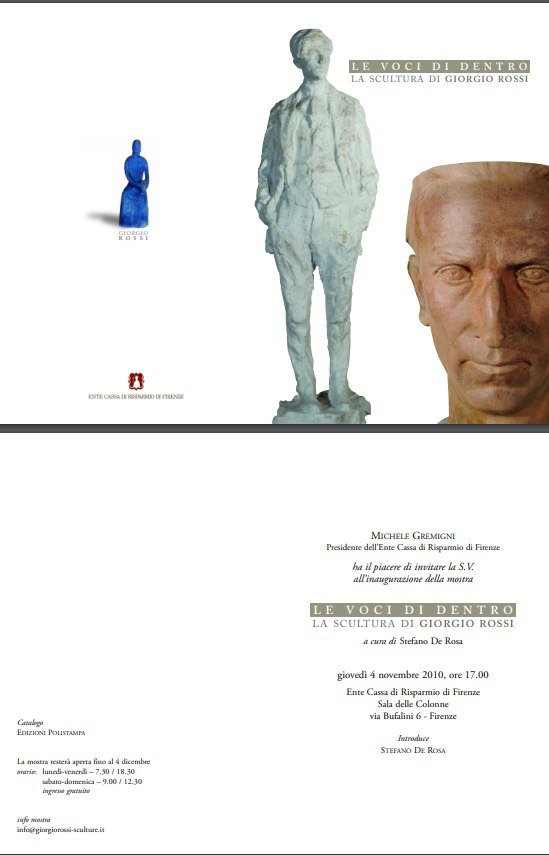













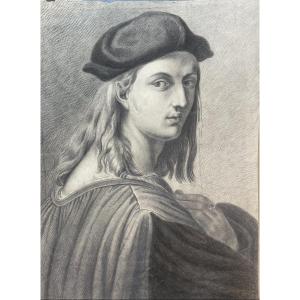


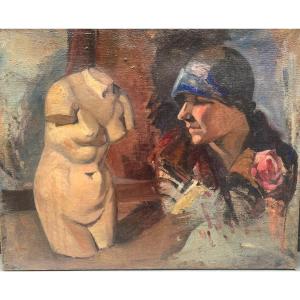






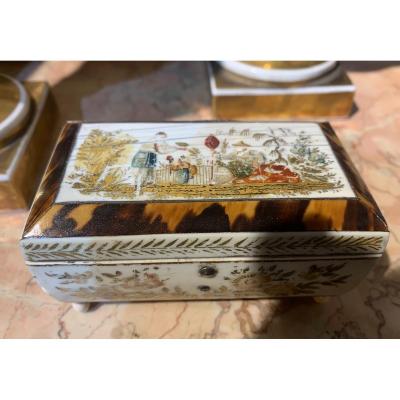


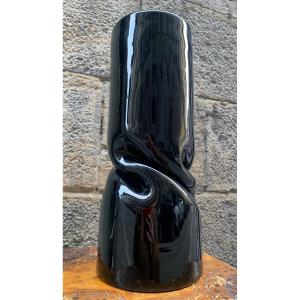

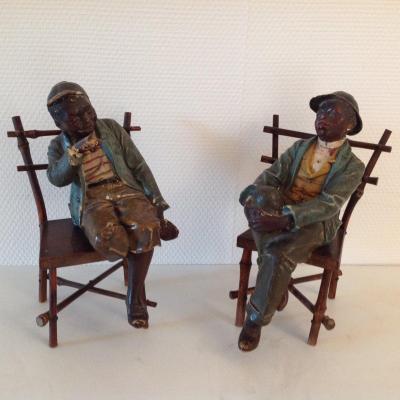

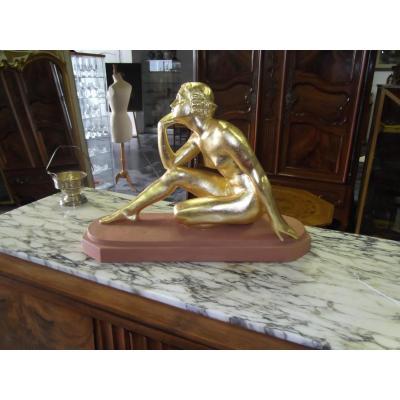
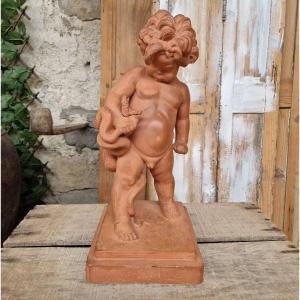




 Le Magazine de PROANTIC
Le Magazine de PROANTIC TRÉSORS Magazine
TRÉSORS Magazine Rivista Artiquariato
Rivista Artiquariato